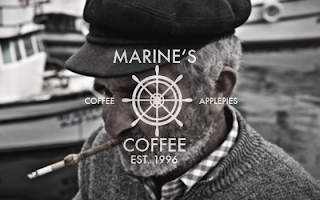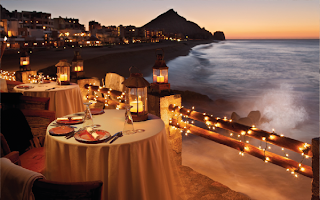"Synthesis"
Richard Miles
Isn't art and design just about the visual?
- Need to think abut design rather that just doing it
- Pursue issues in more depth
- Form own conclusions independently or practitioners and academics
- Experiment with ideas to see if they work in practise- individual research
Through synthesis, we can show:
Knowledge and Understanding 1:
- Knowledge and understanding of different contexts to the individual subject
- PEST (Political, Economical, Social, Technological) analysis
- How our work affects these elements
"Dead End Streets" by David Hoffman
- Police surveillance on protesters is turned on its head
- The relationship between contemporary photography and surveillance
- How anyone can become a documentary photographer- transform of social relations amongst each
other
- Method of social control by monitoring and recording- Use of photography as a political tool
Cognitive skills
- Ability to use logic, reasoning and critical judgement to analyse ideas from a range of sources
- Photography contact sheets- showing how you are thinking and applying criteria to the selection of material you will use
- Logical thinking to the development of practical work
Practical and Professional Skills
- The capacity for undertaking practical and theoretical research that demonstrates an info red application of critical, effective and testable processes.
Key Transferable Skills
- Organise and carry out self-directed project sand communication outcomes through written and other appropriate forms
Knowledge and Understanding 2
- An awareness of the relationship between the theoretical and practical contact of their own creative concerns
- Synthesis- A tight, symbiotic relationship between the theory and practical
Synthesis
- All component part of the project engaging in one complex dynamic process
- Informed engagement
- The realisation of theory in and through practise
- The philosophy of PRAXIS
"Philosophers have only interpreted the world in various ways; the point is to change it"
- Marx Theses on Feuerbach
- Making and thinking are two different sides to human investigation of the world
- The practical wisdom is brought together by the abstract philosophy
- Needs to be something more to it then making something because it looks nice
Kolb's Experiential Learning Theory
- Making and doing intertwined with theory and reflection creates something powerful
- Forcing you to think about what is actually happening
Practitioners are right to worry that academic study of what is essentially a hands-on subject removes it from the reality of practise
Designers often work intuitively, without knowingly applying theory. This module aims to get you to reflect on that process.




























































































